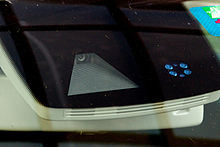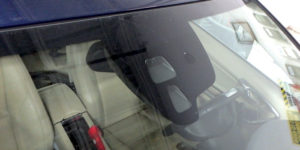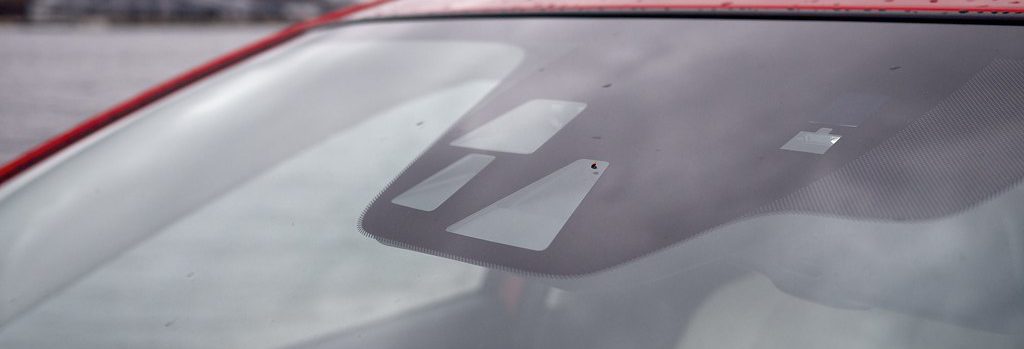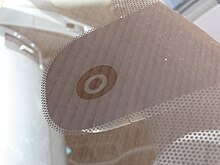ADAS, What is it?
Let’s start with, what is the ADAS acronym stand for? ADAS stands for Advanced Driver Assistance Systems. ADAS is the overall umbrella term for multiple different technologies for driver safety and comfort. In this post I’ll break down the most common ADAS features found in the windshield of a car. But first, the most important thing is to be aware whether you have any of these features to begin with. Almost all of ADAS technologies located on the windshield will be located just under the rear-view mirror with the exception of Heads Up Display (HUD).
Rain Sensor:
Lets start with the most common and basic ADAS feature. Rains sensors fall under the category of comfort for ADAS. Rain Sensors detect rainfall on the windshield which then initiates the wipers to work automatically. Depending on the amount of rain “hitting” the Rain Sensor, the faster the wipers begin to work.
Here is what some Rain Sensors may look like.
Lane Departure Warning (LDW):
Next is Lane Departure Warning (LDW), its function is essentially the title given to it, it alerts the driver when he is veering off the current lane its supposed to be in, more specifically if the driver does not activate the turn signal. LDW have 3 subcategories and are all based on what the LDW does. The first type of LDW warns the driver with visual, audible and/or vibration warning. The second type of LDW is called Lane Keeping Assist (LKA), it warns the driver and if there is no response it automatically corrects the vehicle to stay in the lane. The last type of LDW is Lane Centering Assist (LCA), it assist in over-steering keeping the vehicle centered in the lane and asking the driver to take over in more challenging situations.

Here is a typical LDW sensor and a Rain Sensor on the right.
Forward Collision Alert (FCA):
Forward Collision Alert (FCA) is a system that alerts a driver when the vehicle is about to hit something. Like LDW, FCA has different alert systems and reactions when the vehicle is about come into contact with something. The first one, is where it simply just alerts drivers via audible sounds, visual and/or vibrations. The next system automatically brakes the car when it comes in close range of an object when the car is going above a certain speed. The last and most advanced feature is when the system brakes the vehicles and also steers the vehicle away from the potential crash.

Here is what most FCA may look like.
Heads-Up Display (HUD):
This ADAS feature doesn’t necessarily help with safety but it does make a difference when letting your Auto Glass Shop know what features are on your windshield. Heads-Up Display (HUD) project an image directly on the windshield. These images tend to include a Speedometer, Tachometer and Navigation System directions. HUD allows drivers to monitor their speed or follow GPS navigation without taking their eyes off the road.

Typical HUD in cars.


